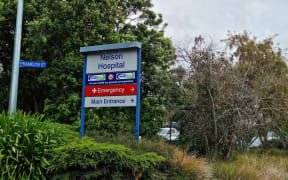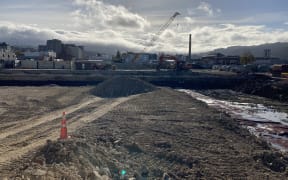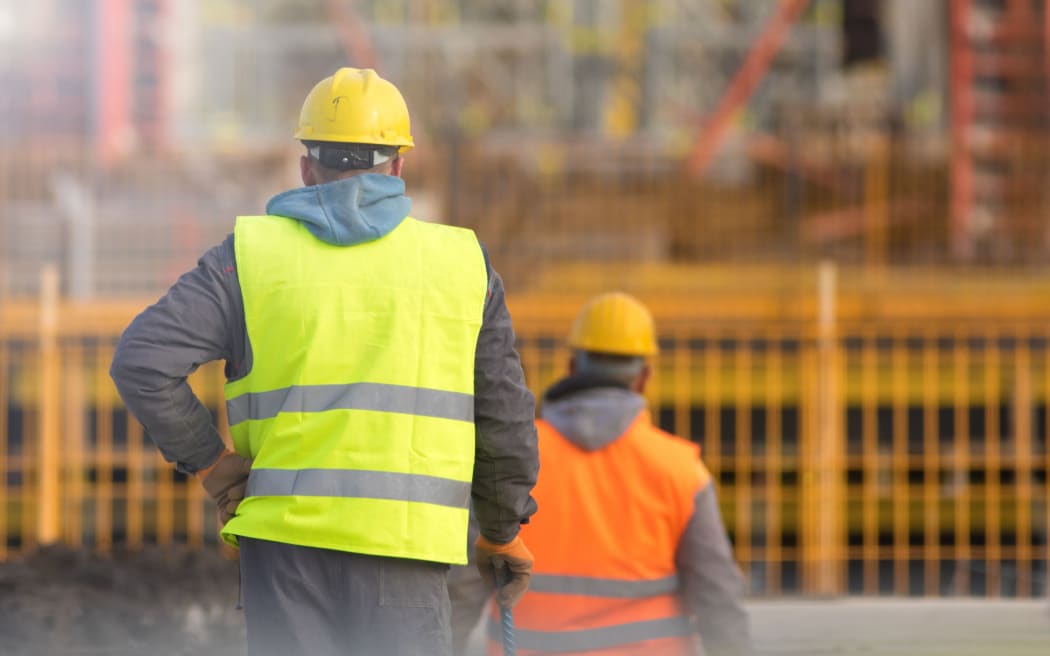
File pic Photo: 123RF
The government says it will be considering different funding models to build new hospitals.
The coalition deal with ACT commits the government to investigate build and lease-back arrangements.
The new annual report for Te Whatu Ora shows "foundational" work to run hospital assets properly has still not been done.
Infrastructure Minister Chris Bishop said it was important to "keep an open mind as we investigate the most efficient and effective ways" to deliver health services.
"Build and lease-back arrangements would entrust reputable, expert infrastructure developers with the building and maintenance of new and existing hospitals, which are then leased back to the public sector for long-term public use," he said.
He would work with Health Minister Dr Shane Reti "to improve the speed and delivery" of major projects.
Reti was waiting for advice from officials about the full portfolio of health infrastructure.
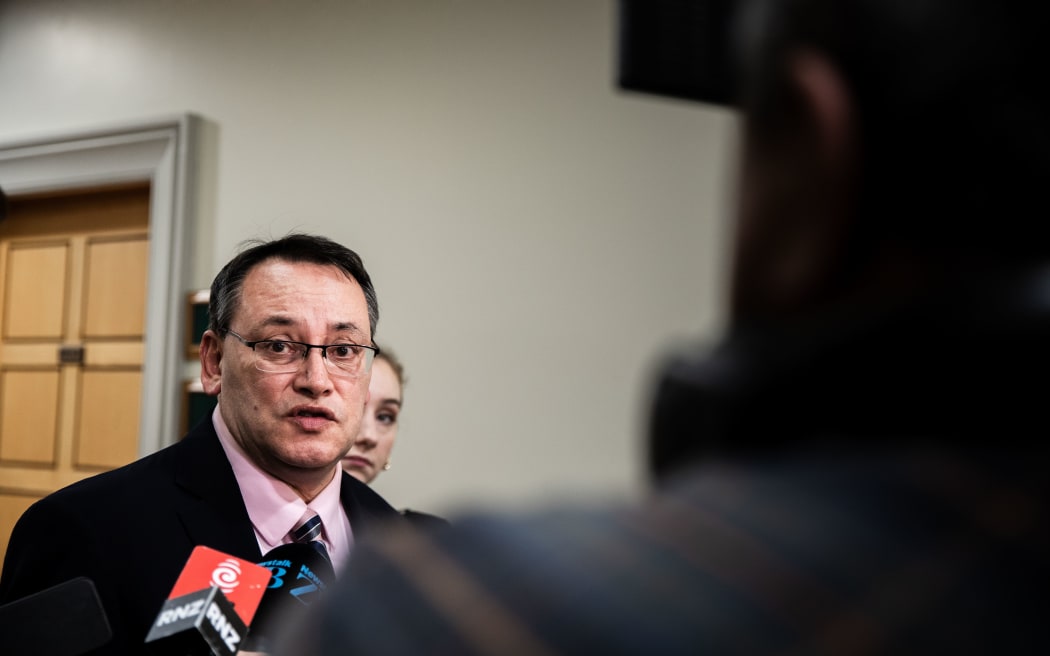
Health Minister Dr Shane Reti wants to find out what funding commitments are in place. Photo: RNZ / Samuel Rillstone
"I will have a particular interest in the large-scale projects that are already underway and those recently announced," Reti said in a statement.
"What I am keen to initially understand is where these respective major infrastructure builds are at, on the spectrum of project phasing, and what funding commitments have been made to date."
Te Whatu Ora's annual report shows one out of eight or nine big builds were rated "red", the worst category, and "may require a change in scope or funding to proceed".
The other 88 percent of the 75 projects worth $6 billion were on track or "being actively managed to deliver as expected".
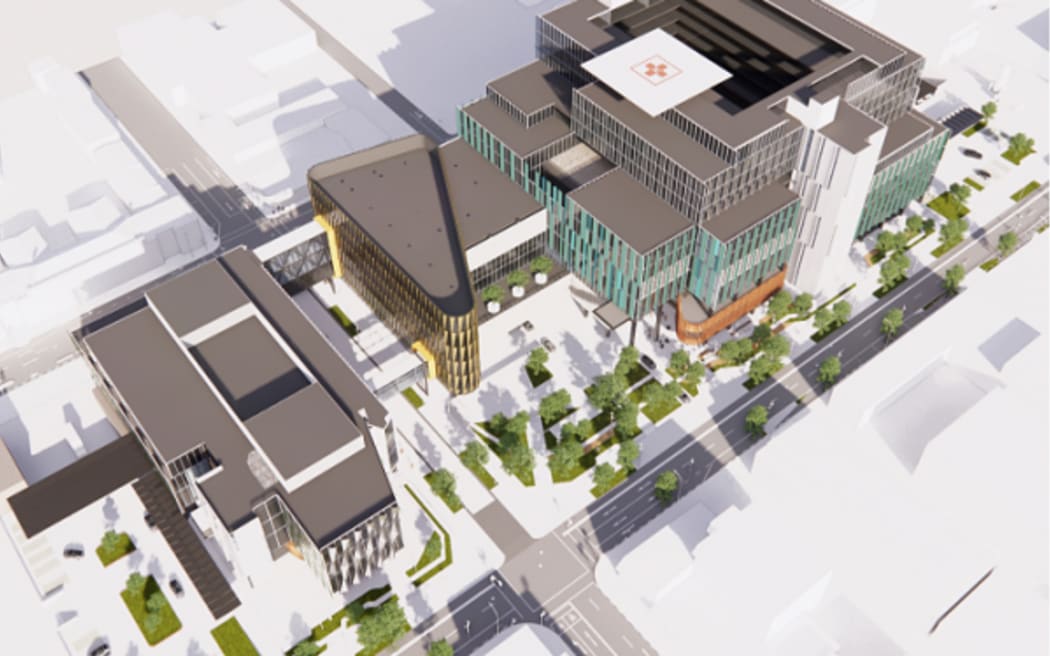
An aerial view of a concept design for the new Dunedin Hospital that is under construction. Photo:
On the redevelopment front, a lot of which was focused on regional hospitals, under half - 46 percent, or six out of 13 - of milestones were reached in the 2022-23 year.
A design reset a year ago held this back.
After a bad run of poor business cases that spat out muddled timelines and budgets, as revealed in OIA documents and reports, the agency said it had centralised and improved.
"Strengthening of national functions and processes has enhanced the quality and practice of investment advice and monitoring," it said.
Health NZ is promising to deliver a national asset management plan this month, but this is over a year after it was promised it would be delivered.
The state of health assets still was not known, because "baselining" the estate had only just begun in 2023-24 and would take another three years.
This itself comes three years after the first national stocktake of hospital assets reported back, to government fanfare, but with grim findings.
Back then, the 2020 stocktake said: "The initial work in this current-state assessment lays the foundation for improving the quality of capital funding decisions, asset management and long-term capital investment."
The new annual report said: "Asset levels of service, measures and targets for condition, fitness-for-purpose and use are required to enable asset performance reporting.
"This is a large and complex task and we have yet to complete the national baseline assessments of condition."
The facilities teams at Te Whatu Ora - themselves caught up in reform, overhaul and redundancies - have got as far as agreeing a "standardised approach" for assessing the likes of operating theatres, EDs, cancer, burns, and spinal units.
Other "foundational pieces of work" that were still required include an asset management information system.
How health facilities are performing remains patchy.
"There is variability across the regions and a significant amount of work is required to implement standardised processes and practices to get to where we need to be," the annual report said.




